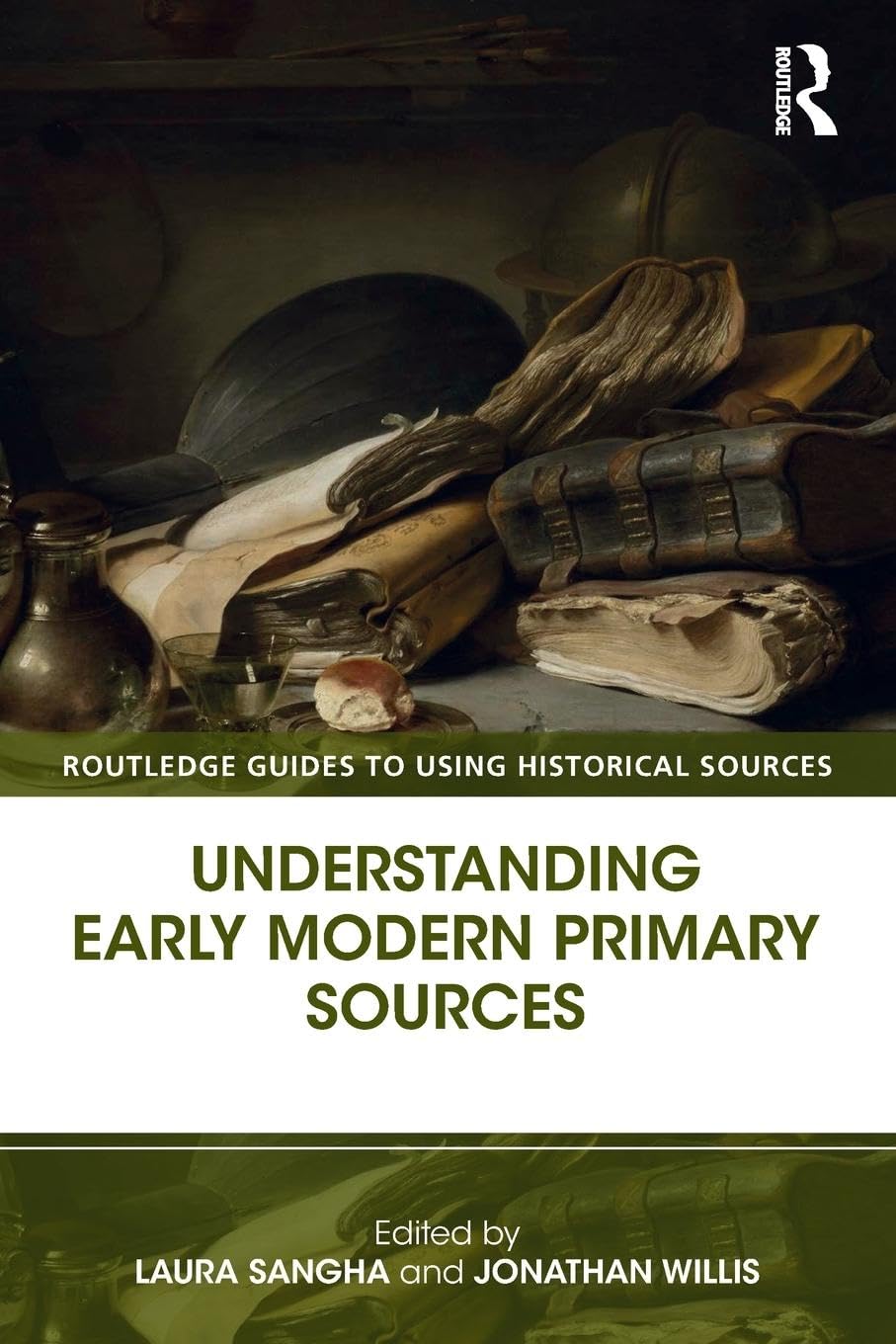Understanding Early Modern Primary Sources (Routledge Guides to Using Historical Sources)
Understanding Early Modern Primary Sources (Routledge Guides to Using Historical Sources) is backordered and will ship as soon as it is back in stock.
Couldn't load pickup availability
Genuine Products Guarantee
Genuine Products Guarantee
We guarantee 100% genuine products, and if proven otherwise, we will compensate you with 10 times the product's cost.
Delivery and Shipping
Delivery and Shipping
Products are generally ready for dispatch within 1 day and typically reach you in 3 to 5 days.
Book Details:
-
Book Title: Understanding Early Modern Primary Sources
-
Author: Laura Sangha
-
Publisher: Routledge
-
Language: English
-
Edition: 1st Edition
-
ISBN: 9781138823648
-
Pages: 296
-
Cover: Paperback
-
Dimensions: 9.2 x 6.1 x 0.8 inches
About the Book:
Understanding Early Modern Primary Sources by Laura Sangha serves as an essential introduction to the wealth of source material available for the study of early modern history. The early modern period, marked by significant political, economic, and social change, rising literacy levels, and the success of the printing press, produced an unprecedented volume of texts and objects from the State, Church, and the people. This book guides students through these historical sources, showing how they have become indispensable to historians studying the period.
The book is divided into two parts. Part I, titled ‘Sources,’ explores seven key categories of primary materials such as governmental, ecclesiastical, and legal records, diaries, literary works, printed materials, and visual and material sources. Each chapter discusses how these materials were created and directs readers to the most important physical and digital collections available.
Part II, titled ‘Histories,’ addresses major early modern themes like political and popular cultures, the economy, science, religion, gender, warfare, and global exploration. It explores how various sources are used to examine these subjects, offering insights from leading historians in each area.
This collection is invaluable for students embarking on the study of the early modern period, offering a comprehensive resource for understanding the primary materials that shaped historical research and providing critical approaches to analyzing these sources.





